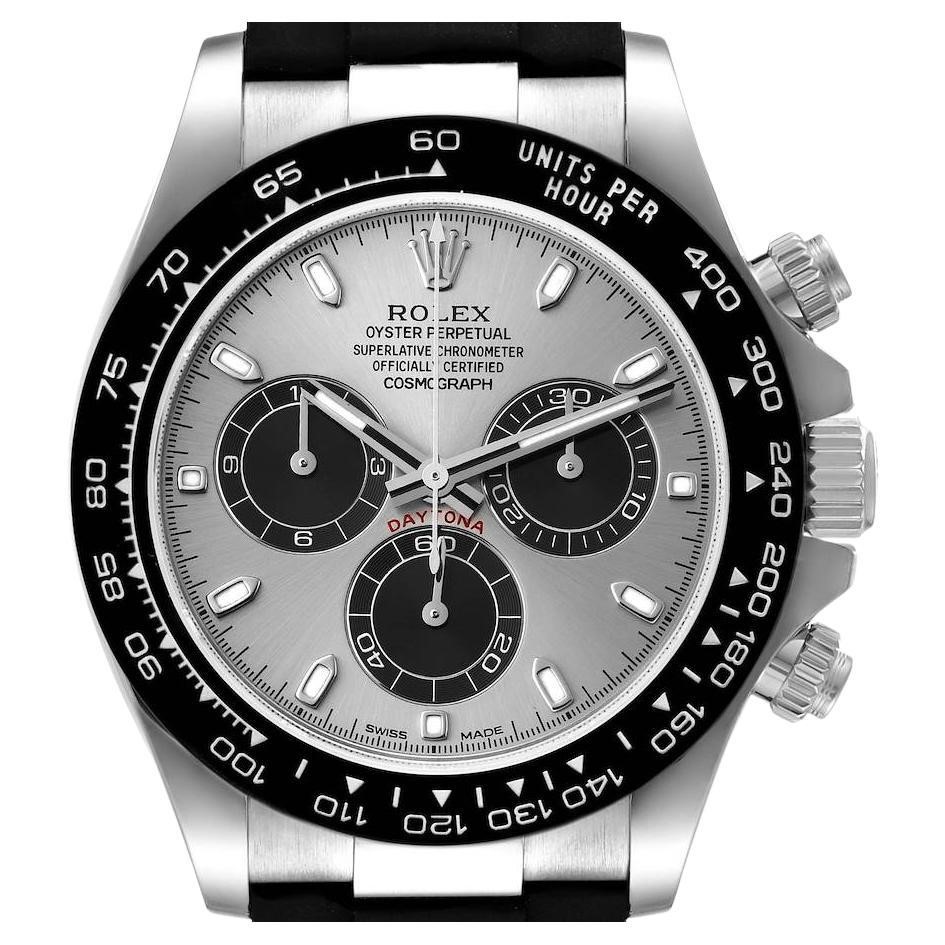
In the world of luxury timepieces, Rolex stands as a symbol of prestige, success, and timeless craftsmanship. Owning a Rolex is often seen not just as having a watch, but as a statement of identity and achievement. However, genuine Rolex watches come with a hefty price tag, often placing them out of reach for many enthusiasts. This financial barrier has fueled the thriving market for Rolex copy watches replicas designed to mimic the appearance of the original at a fraction of the cost. But what drives consumers to buy these imitations? The answer lies deep within the psychology of human behavior, self-perception, and social dynamics.
Purchasing a Rolex imitation watch at its core is about wanting social standing. Humans are social creatures and tend to express themselves through material items as a means of signaling who they are and where they stand in a social class. Rolex as a brand conveys the image of luxury and prosperity. Wearing one communicates to others that the individual is prosperous, urbane, and has attained a specific degree of financial or social status.
But not everybody can afford the genuine article. A replica Rolex watch is a shortcut to that social symbolism for a fraction of the price. For many consumers, it's not so much about the watch but what wearing it says. The replica enables them to share in the perceived status and raise their social standing with peers, coworkers, and strangers.
Beyond external validation, buying a Rolex copy watch often ties into an individual’s internal self-image. People are motivated to align their possessions with how they see themselves or how they want to be seen. A luxury watch, even a replica, can boost self-esteem and confidence, serving as a tangible reminder of success or aspiration.
For some, wearing a Rolex copy may help bridge the gap between their current reality and their ideal self. It’s a way of manifesting their ambitions, signaling to themselves that they belong in a higher social or economic bracket. This can be particularly powerful in environments where appearance and status heavily influence opportunities and social interactions.
Social comparison theory suggests that people evaluate themselves based on comparisons with others. Seeing peers or role models sporting luxury items can create a desire to keep up or belong to a certain group. When authentic Rolex watches are financially unattainable, replicas become a practical alternative to maintain parity in social circles.
Moreover, the prevalence of social media amplifies this effect. Platforms like Instagram and TikTok showcase lifestyles filled with luxury goods, often creating pressure to display similar signs of success. A fake watches in dubai then becomes a tool for social conformity and identity signaling in a digitally connected world.
One psychological aspect motivating the buying of Rolex replicas is the appreciation for aesthetics and craftsmanship in humans. Rolex watches are well known for their design complexity and longevity, two attributes that are also admired by people who cannot pay for the original versions. Well made replicas are generally sophisticated enough to achieve the intent behind these aspects.
For other consumers, the replica meets their enjoyment of good design without the cost. This is an expression of the pursuit of beauty and quality in possessions, which can lead to a sense of satisfaction and pride.
Buying a counterfeit product often comes with ethical dilemmas and risks, including legal consequences and concerns about supporting illegal industries. Yet, many buyers find ways to rationalize their decisions, a process known as cognitive dissonance reduction. They might convince themselves that the replica is simply a fashion accessory or that the original brand is overpriced, thus justifying the purchase as harmless or even smart.
Some also perceive buying a Rolex copy as a way to “test” the style before investing in a genuine watch. This justification reduces feelings of guilt and maintains a positive self-image despite the social stigma attached to counterfeit goods.
Economic psychology also plays a role. Consumers often derive pleasure from feeling like they have beaten the system by acquiring a luxury-looking product at a low cost. This sense of cleverness and savvy shopping triggers dopamine responses in the brain, reinforcing the behavior.
The thrill is not just about saving money but also about accessing a world that was previously exclusive. It creates a narrative where the buyer outsmarts market forces, which can be deeply satisfying psychologically.
Cultural attitudes towards luxury goods and replicas vary widely. In some societies, the emphasis on status and material wealth is particularly strong, making counterfeit luxury items more socially acceptable or even desirable. The normalization of replicas in certain social groups can reduce the stigma and increase the appeal.
In contrast, other cultures might emphasize authenticity and originality more, which influences how buyers perceive replicas. Understanding these cultural nuances is essential in grasping the broader psychology behind the decision to purchase a Rolex copy.
The acquisition of a Rolex replica watch and first copy bags in dubai is more than a mere transaction. It is a reflection of multifaceted psychological drivers spanning status seeking, social approval, and self-expression, through to design appreciation and sensation-seeking behavior. The replica watch is a material embodiment of identity, ambition, and social position.
For most consumers, it's not merely a matter of keeping time; it's a matter of telling a tale of drive, belonging, and at times, navigating social and economic hurdles. Knowing these psychological drivers gives insight into why the Rolex replica market persists regardless of ethical questioning and legal prohibitions. It uncovers deep things about human nature: the desire for recognition, the creation of self and identity, and the seeking of beauty and status, even if only through imitation.